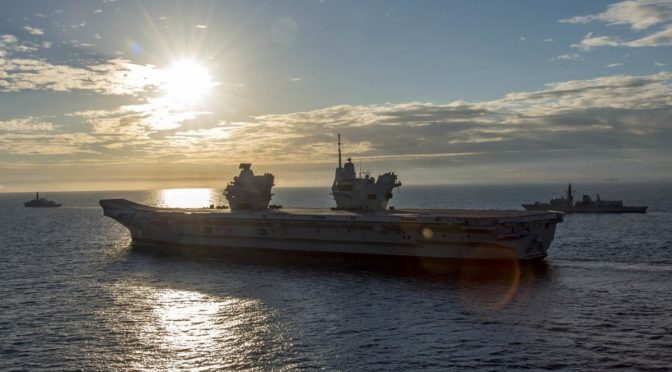By David C. Hazen
There are many ways of attempting to estimate the nature of naval surface warfare in the next quarter century or so. Some are based on systematic and relatively sophisticated extensions of perceived trends. Others are dependent upon a variety of projected scenarios of various types. All are just personal judgments or prejudices, if I may call them that. And all are highly suspect—as must be any projection into the future, the degree of uncertainty increasing with the length of the forecast.
The following thoughts are the product of my own prejudices, based on observations and exposures to the thoughts and arguments of many others. I shall therefore simply set them forth without trying to repeat the arguments that have led to them, other than noting that they contain the following basic assumptions:
- There will be no major naval war within the period discussed.
- There will be no major technological surprises during the period.
Prejudice No. 1: There will be a U. S. surface Navy in the year 2000 and beyond. This is based on the simple fact that we have a very substantial capital investment in our current fleet. Prudence is going to require that we protect this investment by whatever steps seem to be most cost-effective, whether this means retrofitting of new equipment, continued procurement of new versions of existing equipment, or the procurement of totally new systems. It is to be expected that any new element of the fleet—ship, plane, weapon, or equipment—will be introduced because it has some clearly apparent way of operating in concert with the existing elements to enhance their capability. If it has additional characteristics that permit it to perform new and unspecified missions, these characteristics will be developed in an evolutionary manner. The tendency to look at proposed systems as a total replacement for existing ones on an all-or-nothing basis has been the source of a lot of unrealistic projections in the past. Many of these projections have been associated with the Navy V/STOL (vertical and short takeoff and landing) aircraft program. The measure by which any system proposed for Navy use within the next 20-25 years will be judged, unless events demonstrate the wisdom of selecting some other criterion, is how capability of the current battle group built around the large carrier can be maintained or improved in the face of perceived threats.
The above is excerpted from an article originally featured in USNI Proceedings, finish it here. Reprinted from U.S. Naval Institute Proceedings magazine with permission; Copyright © U.S. Naval Institute/www.usni.org.
Featured Image: The Royal Navy aircraft carrier HMS Queen Elizabeth (R08) (MC3 Daniel Gaither/U.S. Navy)


I wish CIMSEC clearly articulated when this article was written. I’m guessing about 1980?
Also I feel his second underlying assumption requires definition and clarification. The Internet was not invented during the period he wrote, but it certainly advanced beyond expectations by 2000…. so does that count?
Posting a brief excerpt from an article hidden behind a membership paywall is not useful. Either get permission from USNI to post the entire article, or forget about it.
It may be somewhat interesting to read an article posted 38 years ago, but an analysis of that article’s prognostications in light of what we know today, and how that might color today’s prognostications for the next 25 years, would be much more useful food for thought.